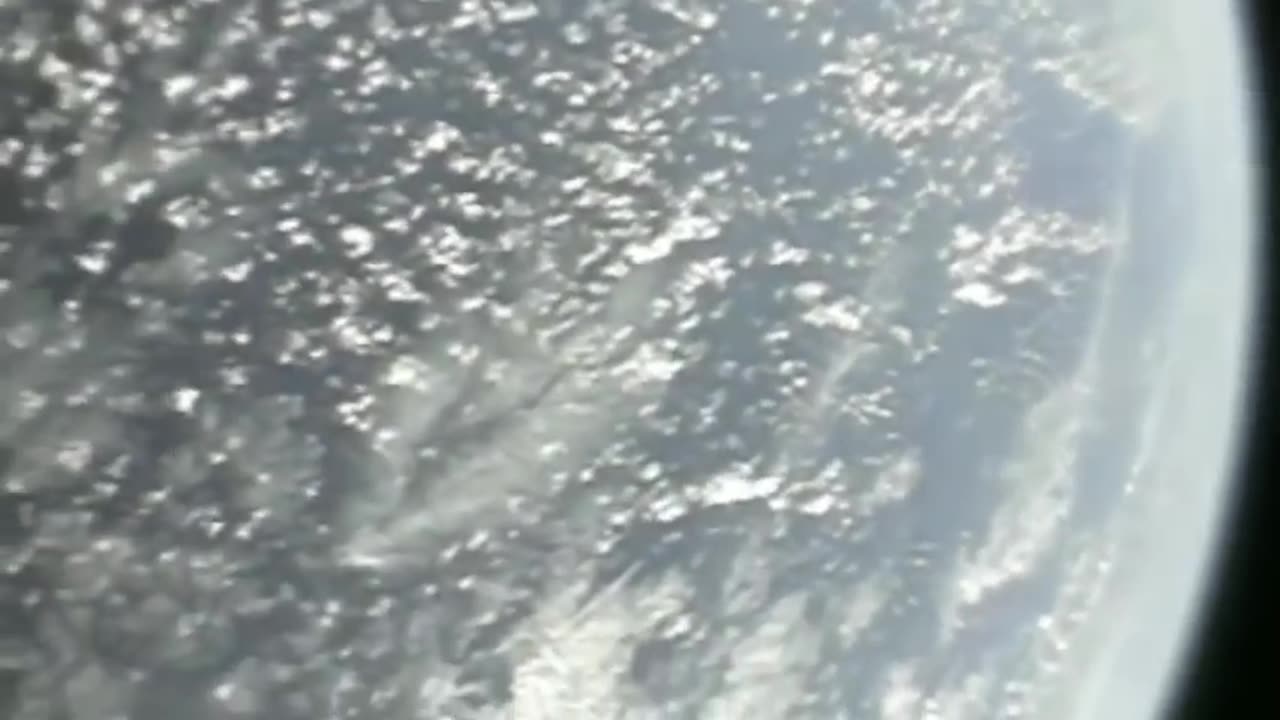Premium Only Content

Discovery Launch Captured by Multiple Cameras | NASA
The launch of the Space Shuttle Discovery, which was part of NASA's Space Shuttle program, was a momentous event in space exploration. During these launches, multiple cameras were used to capture various angles and aspects of the launch. These cameras were strategically positioned to provide comprehensive coverage and data for safety, engineering analysis, and public outreach. Here are some of the cameras that were typically used to capture Space Shuttle launches:
1. **Fixed Ground Cameras**: These were stationary cameras placed at various locations around the Kennedy Space Center and Cape Canaveral Air Force Station. They provided wide-angle views of the launch pad and surrounding area.
2. **Remote-Controlled Tracking Cameras**: These cameras were often placed closer to the launch pad and were remotely controlled to track the Space Shuttle as it ascended. They followed the vehicle as it lifted off, capturing the liftoff and initial ascent.
3. **Aircraft-Mounted Cameras**: Sometimes, specially equipped aircraft were used to capture aerial views of the launch. These aircraft were positioned at a safe distance and provided unique perspectives of the launch.
4. **On-Board Cameras**: Space Shuttle Discovery itself was equipped with various cameras, both inside and outside. These cameras provided real-time views of the shuttle's systems and external tank separation.
5. **Close-up Cameras**: Some cameras were placed closer to the launch pad and captured detailed, close-up shots of the rocket engines firing and the vehicle lifting off.
6. **Range Safety Cameras**: These cameras were part of the range safety equipment to ensure the safety of the launch. They tracked the vehicle and its trajectory.
7. **Media Cameras**: Many media organizations had their cameras set up to capture the launch from different vantage points. These cameras provided live coverage to the public.
8. **NASA's Own Cameras**: NASA had a variety of cameras, including high-speed and high-resolution cameras, to capture specific engineering data and detailed footage of the launch.
The footage from these cameras was used for real-time monitoring of the launch, post-launch analysis, and public engagement. It allowed engineers and scientists to evaluate the health of the vehicle during liftoff and track its performance throughout the mission.
While the Space Shuttle program ended in 2011, the legacy of these launches lives on in the form of a vast archive of launch footage that continues to be a valuable resource for space enthusiasts, historians, and researchers.
-
 LIVE
LIVE
vivafrei
3 hours agoViva & Barnes Live with The Duran - World Politics, World News, & World War?
1,018 watching -
 LIVE
LIVE
The Rubin Report
1 hour agoFight Over Trump Lies Gets so Ugly It Could Be Eric Trump’s Final Appearance on This Show
1,890 watching -
 LIVE
LIVE
Nikko Ortiz
1 hour agoRealistic COP Simulator | Rumble LIVE
156 watching -
 LIVE
LIVE
Benny Johnson
2 hours ago🚨James Comey in Court LIVE Right Now on Criminal Charges | Portland Anarchy Against ICE EXPOSED
5,614 watching -
 1:01:01
1:01:01
VINCE
3 hours agoThe Next CA Governor May Be MUCH Worse Than Newsom | Episode 142 - 10/08/25
156K73 -
 LIVE
LIVE
LFA TV
12 hours agoLIVE & BREAKING NEWS! | WEDNESDAY 10/8/25
4,246 watching -
 LIVE
LIVE
Side Scrollers Podcast
1 hour agoTwitch CEO Testifies in Congress + Hasan Piker Accused of DOG Abuse + More | Side Scrollers
459 watching -
 LIVE
LIVE
MYLUNCHBREAK CHANNEL PAGE
2 hours agoBuildings That Shouldn’t Be Here
452 watching -
 LIVE
LIVE
The Big Mig™
3 hours agoIs Pam Bondi The Hero We All Hoped For?
5,356 watching -
 LIVE
LIVE
Caleb Hammer
18 hours ago$67,000 Of K-Pop Debt | Financial Audit
80 watching
